Kerala Cochin Details
Kerala Cochin Place
Cochin Places To Visit In Kerala
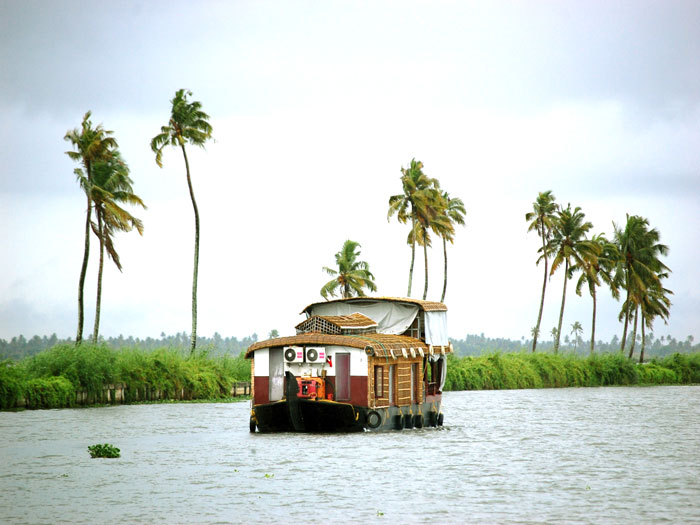 Cochin:
Cochin:
A leisurely walk through the city is the best way to discover historic Fort Kochi. An obscure fishing village that became the first European township in India, Kochi has an eventful and colourful history. Its reputation as a seafaring commercial town was such that Nicolas Conti, an Italian traveller of the Middle Ages remarked: If China is where you make your money, then Kochi surely is the place to spend it. The town was shaped by the Portuguese, the Dutch and later the British. The result of these cultural influences are seen in the many examples of Indo European architecture that still exist here.
 Cochin Places to See:
Cochin Places to See:
Chinese Fishing Nets/Vasco da Gama Square :
These huge cantilevered fishing nets are the legacy of one of the first visitors to the Malabar Coast. Erected here between 1350 and 1450 AD by traders from the court of Kublai Khan, these nets are set up on teak wood and bamboo poles. The best place to watch the nets being lowered into the sea and catch being brought in is the Vasco da Gama Square, a narrow promenade that runs along the beach. The Square is an ideal place to idle, with stalls serving fresh delicious seafood, tender coconut etc.
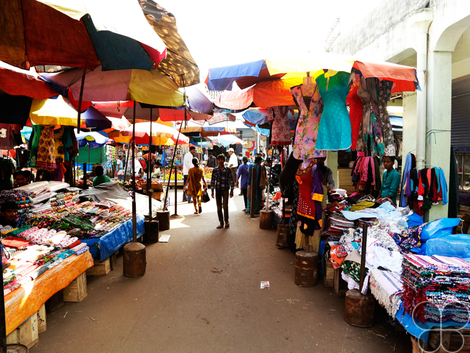 Old Harbour House: This elegant old bungalow built in 1808 is in the possession of Carrit Moran & Co., renowned tea brokers, who now use it as their residence. The house was once a boat club.
Old Harbour House: This elegant old bungalow built in 1808 is in the possession of Carrit Moran & Co., renowned tea brokers, who now use it as their residence. The house was once a boat club.
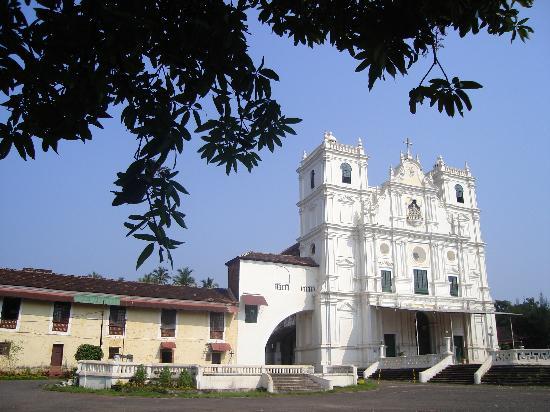 Koder House: This magnificent building constructed by Samuel S. Koder of The Cochin Electric Company in 1808 is a supreme example of the transition from colonial to Indo-European architecture. Features like verandah seats at the entrance, floor tiles set in a chess board pattern, red coloured brick like facade, carved wood furniture and a wooden bridge connecting to a separate structure across the street are all unique to this bungalow.
Koder House: This magnificent building constructed by Samuel S. Koder of The Cochin Electric Company in 1808 is a supreme example of the transition from colonial to Indo-European architecture. Features like verandah seats at the entrance, floor tiles set in a chess board pattern, red coloured brick like facade, carved wood furniture and a wooden bridge connecting to a separate structure across the street are all unique to this bungalow.
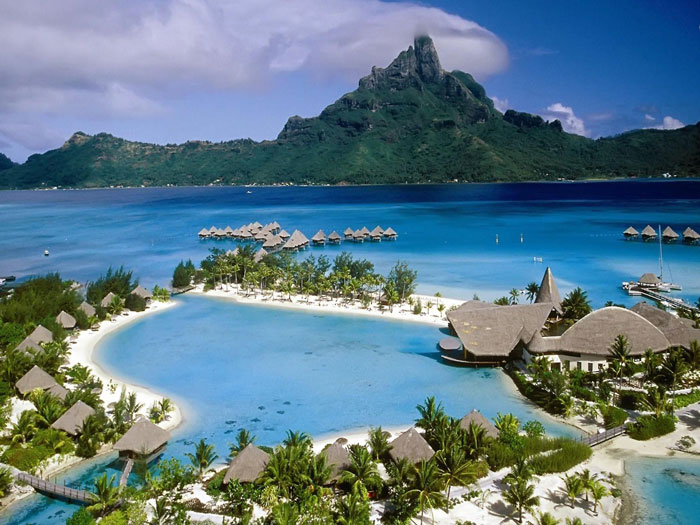 Delta Study: Once a warehouse, this heritage bungalow built in 1808, houses a high school today.
Delta Study: Once a warehouse, this heritage bungalow built in 1808, houses a high school today.
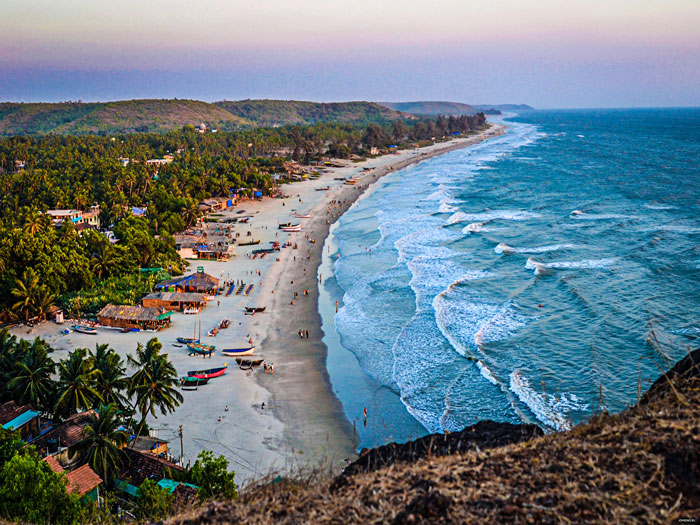 St. Francis Church: Built in 1503 by Portuguese Franciscan friars, this is India’s oldest European church. This was initially built of timber and later reconstructed in stone masonry. It was restored in 1779 by the Protestant Dutch, converted to an Anglican church by the British in 1795 and is at present governed by the Church of South India. Vasco da Gama was buried here in 1524 before his remains were moved to Lisbon, Portugal. The tombstone still remains.
St. Francis Church: Built in 1503 by Portuguese Franciscan friars, this is India’s oldest European church. This was initially built of timber and later reconstructed in stone masonry. It was restored in 1779 by the Protestant Dutch, converted to an Anglican church by the British in 1795 and is at present governed by the Church of South India. Vasco da Gama was buried here in 1524 before his remains were moved to Lisbon, Portugal. The tombstone still remains.
 Santa Cruz Basilica: This historic church was built by the Portuguese and elevated to a Cathedral by Pope Paul IV in 1558. In 1795 it fell into the hands of the British when they took over Kochi, and was demolished. About a hundred years later Bishop Dom Gomez Ferreira commissioned a new building at the same site in 1887. The church was proclaimed a Basilica in 1984 by Pope John Paul II.
Santa Cruz Basilica: This historic church was built by the Portuguese and elevated to a Cathedral by Pope Paul IV in 1558. In 1795 it fell into the hands of the British when they took over Kochi, and was demolished. About a hundred years later Bishop Dom Gomez Ferreira commissioned a new building at the same site in 1887. The church was proclaimed a Basilica in 1984 by Pope John Paul II.
 Loafer’s Corner/Princess Street:
One of the earliest streets to be constructed in Fort Kochi, Princess Street with its European style residences still retains its old world charm. The best view of this quaint street can be had from Loafer’s Corner, the traditional meeting place and hangout of the jovial funloving people of the area.
Loafer’s Corner/Princess Street:
One of the earliest streets to be constructed in Fort Kochi, Princess Street with its European style residences still retains its old world charm. The best view of this quaint street can be had from Loafer’s Corner, the traditional meeting place and hangout of the jovial funloving people of the area.
 Vasco House: Believed to have been the residence of Vasco da Gama, this is one of the oldest Portuguese residences in Fort Kochi. Built in the early sixteenth century, Vasco House sports the typical European glass paned windows and balcony cum verandahs characteristic of the times.
Vasco House: Believed to have been the residence of Vasco da Gama, this is one of the oldest Portuguese residences in Fort Kochi. Built in the early sixteenth century, Vasco House sports the typical European glass paned windows and balcony cum verandahs characteristic of the times.
 VOC Gate: The large wooden gate facing the Parade Ground, with the monogram (VOC) of the once mighty Dutch East India Company carved on it, was built in 1740. Parade Ground: The four acre Parade Ground was where once the Portuguese, the Dutch and the British colonists conducted their military parades and drills. The buildings around the ground housed their defence establishments. Today, the largest open ground in Fort Kochi, the Parade Ground is a sports arena.
VOC Gate: The large wooden gate facing the Parade Ground, with the monogram (VOC) of the once mighty Dutch East India Company carved on it, was built in 1740. Parade Ground: The four acre Parade Ground was where once the Portuguese, the Dutch and the British colonists conducted their military parades and drills. The buildings around the ground housed their defence establishments. Today, the largest open ground in Fort Kochi, the Parade Ground is a sports arena.
 The United Club: Once upon a time one of the four elite clubs of the British in Kochi, the United Club today serves two roles - as class room for the nearby St. Francis Primary School by day and as card room for the current members by evening. Until 1907, the building housed the offices of the Fort Kochi Municipality. The Bishop’s House: Built in 1506 as the residence of the Portuguese Governor, the Bishop’s House stands on a little hillock near the Parade Ground. The facade of the House is characterised by large Gothic arches, and has a circular garden path winding up to the main entrance. The building was acquired by Dom Jos Gomes Ferreira, the 27th Bishop of the Diocese of Kochi whose jurisdiction extended over Burma, Malaya and Ceylon, in addition to India.
The United Club: Once upon a time one of the four elite clubs of the British in Kochi, the United Club today serves two roles - as class room for the nearby St. Francis Primary School by day and as card room for the current members by evening. Until 1907, the building housed the offices of the Fort Kochi Municipality. The Bishop’s House: Built in 1506 as the residence of the Portuguese Governor, the Bishop’s House stands on a little hillock near the Parade Ground. The facade of the House is characterised by large Gothic arches, and has a circular garden path winding up to the main entrance. The building was acquired by Dom Jos Gomes Ferreira, the 27th Bishop of the Diocese of Kochi whose jurisdiction extended over Burma, Malaya and Ceylon, in addition to India.
 Fort Immanuel: This bastion of the Portuguese in Kochi was a symbol of the strategic alliance between the Maharajah of Kochi and the Monarch of Portugal, after whom it was named. Built in 1503, the fort was reinforced in 1538. By 1806 the Dutch, and later the British, had destroyed most of the fort walls and its bastions. Today, remains of this once imposing structure can be seen along the beach.
Fort Immanuel: This bastion of the Portuguese in Kochi was a symbol of the strategic alliance between the Maharajah of Kochi and the Monarch of Portugal, after whom it was named. Built in 1503, the fort was reinforced in 1538. By 1806 the Dutch, and later the British, had destroyed most of the fort walls and its bastions. Today, remains of this once imposing structure can be seen along the beach.
 The Dutch Cemetery: The tomb stones here are the most authentic record of the hundreds of Europeans who left their homeland on a mission to expand their colonial empires and changed the course of history of this land. The cemetery was consecrated in 1724 and is today managed by the Church of South India.
The Dutch Cemetery: The tomb stones here are the most authentic record of the hundreds of Europeans who left their homeland on a mission to expand their colonial empires and changed the course of history of this land. The cemetery was consecrated in 1724 and is today managed by the Church of South India.
 Thakur House: This graceful building holds within itself a reflection of the colonial era. The Bungalow was built on the site of the Gelderland Bastion, one of the seven bastions of the old Dutch fort. Earlier known as Kunal or Hill Bungalow, it was home to the managers of the National Bank of India during the British reign. Today, the Bungalow belongs to Ram Bahadur Thakur and Company, the renowned tea trading firm.
Thakur House: This graceful building holds within itself a reflection of the colonial era. The Bungalow was built on the site of the Gelderland Bastion, one of the seven bastions of the old Dutch fort. Earlier known as Kunal or Hill Bungalow, it was home to the managers of the National Bank of India during the British reign. Today, the Bungalow belongs to Ram Bahadur Thakur and Company, the renowned tea trading firm.
Stay updated
Subscribe to our newsletter to get early notifications of our great offers and promotions!
